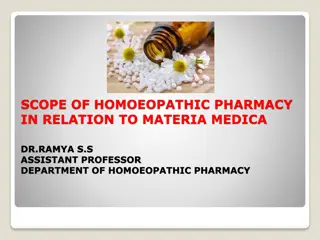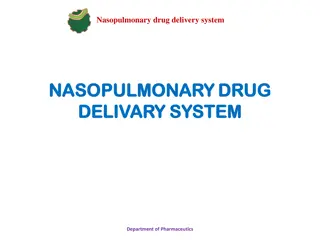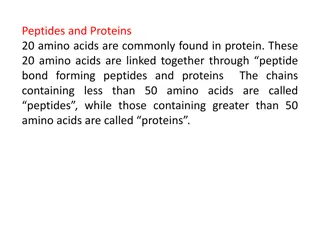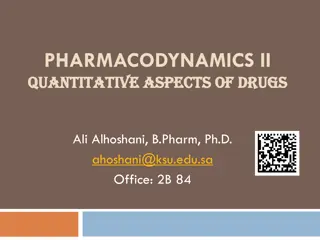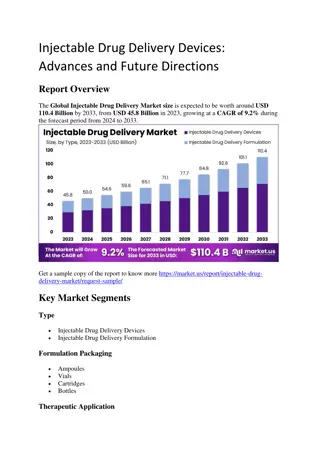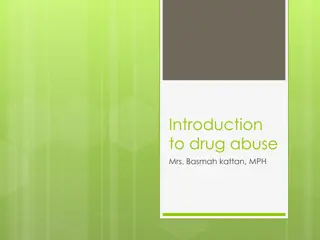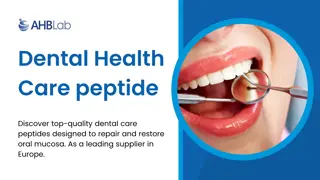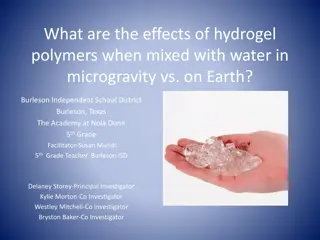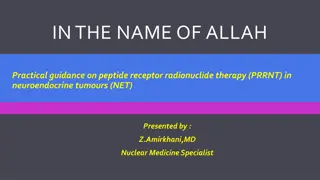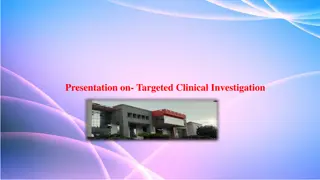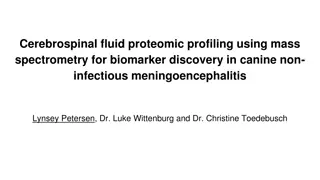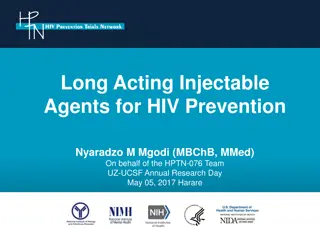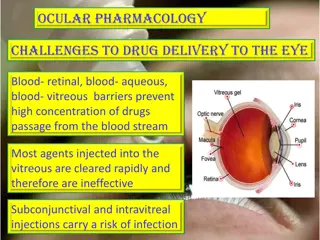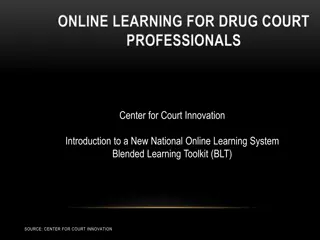Long-Acting Injectable Peptide-Like Hydrogel for Sustained Drug Delivery
Injectable peptide-like hydrogels offer a novel approach for sustained drug delivery over extended periods. This technology, developed by Dr. Garry Laverty, aims to improve patient adherence by providing a convenient and effective long-acting formulation. The hydrogel, formed in situ, allows for sustained release of drugs such as those used in HIV/AIDS treatment, contraception, and various other diseases. The platform offers advantages in tunability, precise drug attachment to the peptide backbone, and a wide range of drug compatibility. Future applications include therapeutic delivery for antipsychotics, cancer, chronic pain, and more.
Download Presentation

Please find below an Image/Link to download the presentation.
The content on the website is provided AS IS for your information and personal use only. It may not be sold, licensed, or shared on other websites without obtaining consent from the author.If you encounter any issues during the download, it is possible that the publisher has removed the file from their server.
You are allowed to download the files provided on this website for personal or commercial use, subject to the condition that they are used lawfully. All files are the property of their respective owners.
The content on the website is provided AS IS for your information and personal use only. It may not be sold, licensed, or shared on other websites without obtaining consent from the author.
E N D
Presentation Transcript
Long-acting injectable peptide-like hydrogel for sustained delivery of drugs Dr Garry Laverty Associate Professor Pharmaceutical Sciences PODD #PODD2021
Injectable peptide-like hydrogel for sustained delivery of drugs Enzymatic trigger for hydrogelation Need for a convenient and effective long- acting formulation to deliver drugs over a sustained period of time e.g. 28 days. E.g. HIV/AIDs: Mother to child transmission a major cause of HIV/AIDS infection. Peptide/peptide- like backbone which forms hydrogel Key to addressing this challenge is overcoming patient medication adherence issues with drugs for HIV/AIDs and contraception within one product (A key goal of WHO). Peptide-drug Linkage which cleaves in vivo Figure 1. Structural overview of our enzyme responsive peptide drug delivery implant PODD #PODD2021
In situ forming peptide-like hydrogels for sustained drug delivery Soluble peptide-drug molecule administered subcutaneously each month a) b) Enzymes in tissue Skin Subcutaneous/intramuscular tissue Skin Subcutaneous/intramuscular tissue cleaves group to decrease water solubility Formation of protease resistant hydrogel: remains in body >28 days c) Tissue environment, pH 7.4, 37 C breaking of drug- peptide linkage Skin Sustained release of drugs from peptide-like hydrogel Subcutaneous/intramuscular tissue
Future applications Potential to extend technology to other diseases: Antipsychotics Substance abuse Cancer (Intratumoral delivery) Chronic pain Dementia Malaria Tuberculosis Vaccines: peptides as immune adjuvants, extended protection. Controlled delivery of drugs or molecules throughout the body (e.g. ocular, spinal, bone, medical devices) PODD #PODD2021
Key advantages of our platform Tunability of our formulation is key Drug is precisely attached (covalently) to peptide-like backbone: Therefore increased drug loading is possible to meet therapeutic need for e.g. 28 days. Vast range of hydrophobic and hydrophilic drugs can be attached in this way. Only requirement = low molecular weight. Formulation = peptide-drug + water or buffer. No other excipients required. No harmful organic solvents. Enzyme trigger (Slide 2. Figure 1) provides full solubility for even the most hydrophobic drugs. Removal of this group in vivo leads to full hydrogel formation within minutes. Combination of hydrogel formation and release of drug by breakage of peptide- drug covalent bond reduces burst release. PODD #PODD2021
Advantages compared to current long-acting injectables Limitations of current long-acting injectable technologies Fast burst release of drug upon administration (suspensions, microspheres, polymer implants). How our approach resolves this Combination of hydrogel formation and breakage of peptide-drug bond = significant reduction in burst release. Soluble injection breaks down to non-toxic products. Formulation is fully soluble in water enabling use of narrow bore needles. Can be transported as freeze-dried powder for mixing with water prior to injection = increased stability. Drug precisely attached to peptide = increased drug loading. Vast range of hydrophobic and hydrophilic drugs can be attached. Aqueous, water based solvent, improved biocompatibility Need for surgery (polymer implants). Requires large needles (e.g. suspensions, microspheres). Stability issues upon storage/transport (suspensions). Limit on drug type and loading, e.g. suspensions only allow water-insoluble drugs Persistent pain for months after injection due to hydrophobic nature (oily liquids)
Future Goals Process of securing Intellectual Property and Patent Protection Aim to establish links with industry to: Expand proof of concept for long-acting administration in other diseases/body sites by: Licensing agreements Sponsored researchers (e.g. PhD, Research Fellows) Collaborative 3-3.5 year PhD Studentship Applications between industry and our group: Deadline: 19thNovember. Majority of costs met by EPSRC and/or Government, input > 27K industry partner. Collaborative grant applications Upscale cGMP manufacture of peptide-drug formulation in relation to: Synthesis of peptide-drug molecule Formulation/Freeze-drying Identify suitable packaging/container/syringe unit PODD #PODD2021
Thank you for listening! Our Funders 1stin the UK for Pharmacy (The Times and Sunday (The Times and Sunday Times Good University Guide Times Good University Guide 2021) 2021) We welcome further discussion alongside our Tech Transfer Office Contact details: Email: garry.laverty@qub.ac.uk @DrLaverty Website: https://www.lavertylab.com/


